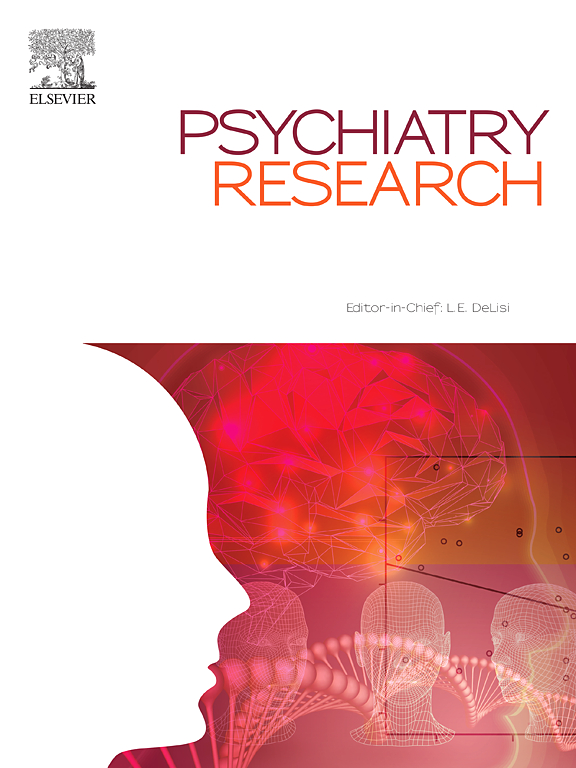Recreational Marijuana Laws and suicide deaths in the US
IF 4.2
2区 医学
Q1 PSYCHIATRY
引用次数: 0
Abstract
Objectives
This study aimed to examine the association between Recreational Marijuana Laws (RMLs) and age-adjusted suicide rates in the U.S. population from 2000 to 2022.
Methods
Suicide rate data were obtained from the Centers for Disease Control and Prevention's (CDC) Multiple Cause of Death Files at the state and year level. Information on RML status and years of legalization was sourced from the National Organization for the Reform of Marijuana Laws (NORML). Using a staggered difference-in-differences (DiD) framework, we assessed the relationship between RMLs and age-adjusted suicide rates.
Results
RMLs were associated with an increase of 0.68 suicide deaths per 100,000 population (p-value < 0.05). This increase was primarily driven by states that implemented RMLs in 2018 (Maine, Vermont, and Michigan) and 2019 (Illinois). In contrast, states that enacted RMLs in 2015 (Alaska, Oregon, and Washington, D.C.) experienced a decline in suicide deaths post-legalization.
Conclusion
This study adds to the growing body of literature on RMLs and suicidality by underscoring the potential role of state-specific factors—such as demographic characteristics, implementation strategies, or contextual differences—in shaping the direction and magnitude of this association. These findings highlight the need for further research to better understand the mechanisms underlying these divergent outcomes.
求助全文
约1分钟内获得全文
求助全文
来源期刊

Psychiatry Research
医学-精神病学
CiteScore
17.40
自引率
1.80%
发文量
527
审稿时长
57 days
期刊介绍:
Psychiatry Research offers swift publication of comprehensive research reports and reviews within the field of psychiatry.
The scope of the journal encompasses:
Biochemical, physiological, neuroanatomic, genetic, neurocognitive, and psychosocial determinants of psychiatric disorders.
Diagnostic assessments of psychiatric disorders.
Evaluations that pursue hypotheses about the cause or causes of psychiatric diseases.
Evaluations of pharmacologic and non-pharmacologic psychiatric treatments.
Basic neuroscience studies related to animal or neurochemical models for psychiatric disorders.
Methodological advances, such as instrumentation, clinical scales, and assays directly applicable to psychiatric research.
 求助内容:
求助内容: 应助结果提醒方式:
应助结果提醒方式:


